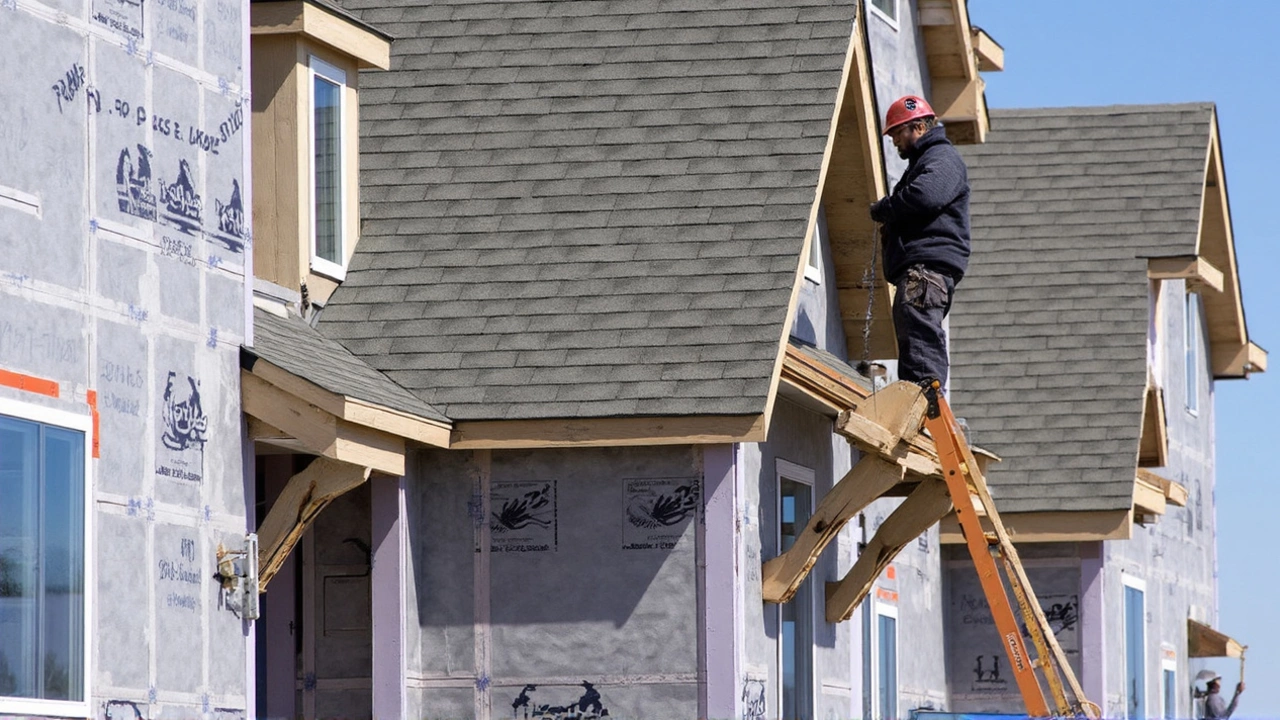Unlocking Federal Land: A Possible Solution to the Housing Crisis?
The U.S. is grappling with a severe housing shortage, with Zillow estimating a shortfall of about 4.5 million homes. Amid this crisis, the federal government, which owns roughly 650 million acres of land, has been eyeing its vast reserves as a potential solution. But turning this untapped potential into homes is easier said than done. Environmental regulations, geographical issues, and bureaucratic hurdles loom large over these efforts.
Back in the days of the Trump administration, movements began to transform how federal land could be used for housing. A Federal Land for Housing task force was launched via the Department of Housing and Urban Development (HUD) and the Department of Interior (DOI) to identify underutilized federal lands. Their mission? Streamline the process of transferring this land for housing development, ensuring that housing remains affordable without sacrificing valuable natural spaces.
Nevada, a state particularly squeezed by housing shortages, has been at the forefront of advocating for federal lands to be released. Governor Joe Lombardo has voiced strong support, highlighting how critical it is for regions like Las Vegas to find solutions. His position reflects a broader recognition that federal land could play a pivotal role. One significant project nearing realization involves turning 562 acres of government-owned land in Clark County into 15,000 homes.

Balancing Development with Preservation
While there’s enthusiasm, the path forward isn't straightforward. On one side, proposals like Senator Mike Lee’s HOUSES Act push for broader sales of federal land to states and private developers. There’s the hope that such measures could fast-track developments and, in turn, alleviate housing shortages. But there's no shortage of cautionary voices. Environmentalists warn that federally-owned lands often come with challenges: a lack of essential infrastructure such as roads and water systems complicate building efforts and could lead to sprawl.
Tackling the shortage requires a delicate balance. Both political parties recognize the potential of federal land, yet differ on how to approach it. Disagreements persist on nuances like zoning controls and maintaining a sustainable density without extending too far into undeveloped natural areas.
While promising in theory, transforming federal land involves overcoming substantial political and environmental challenges. Whether these efforts can deliver relief amid a growing crisis hinges on strategic planning, compromise, and perhaps most crucially, a united political will to blend housing innovation with the preservation of nature.
